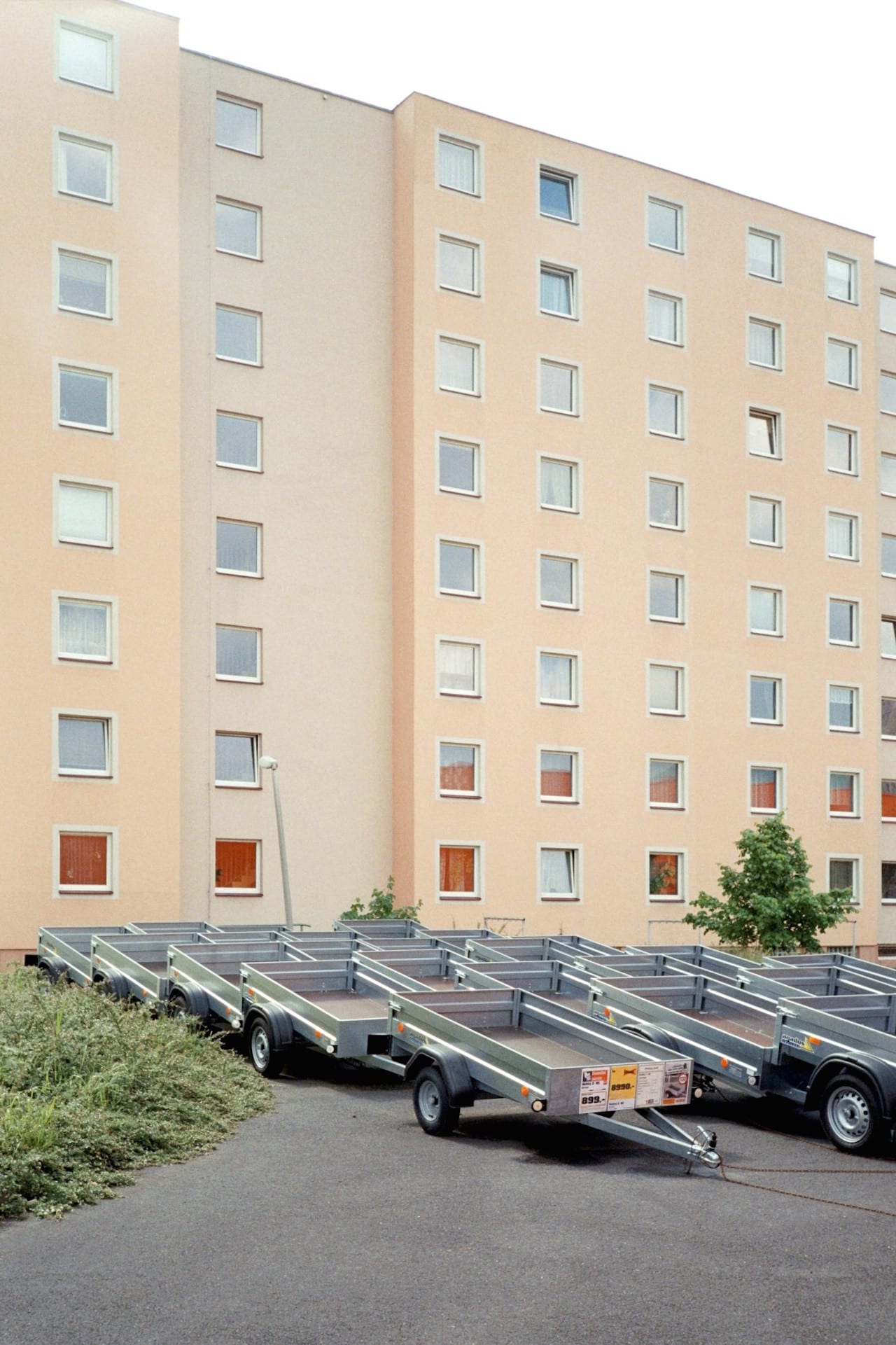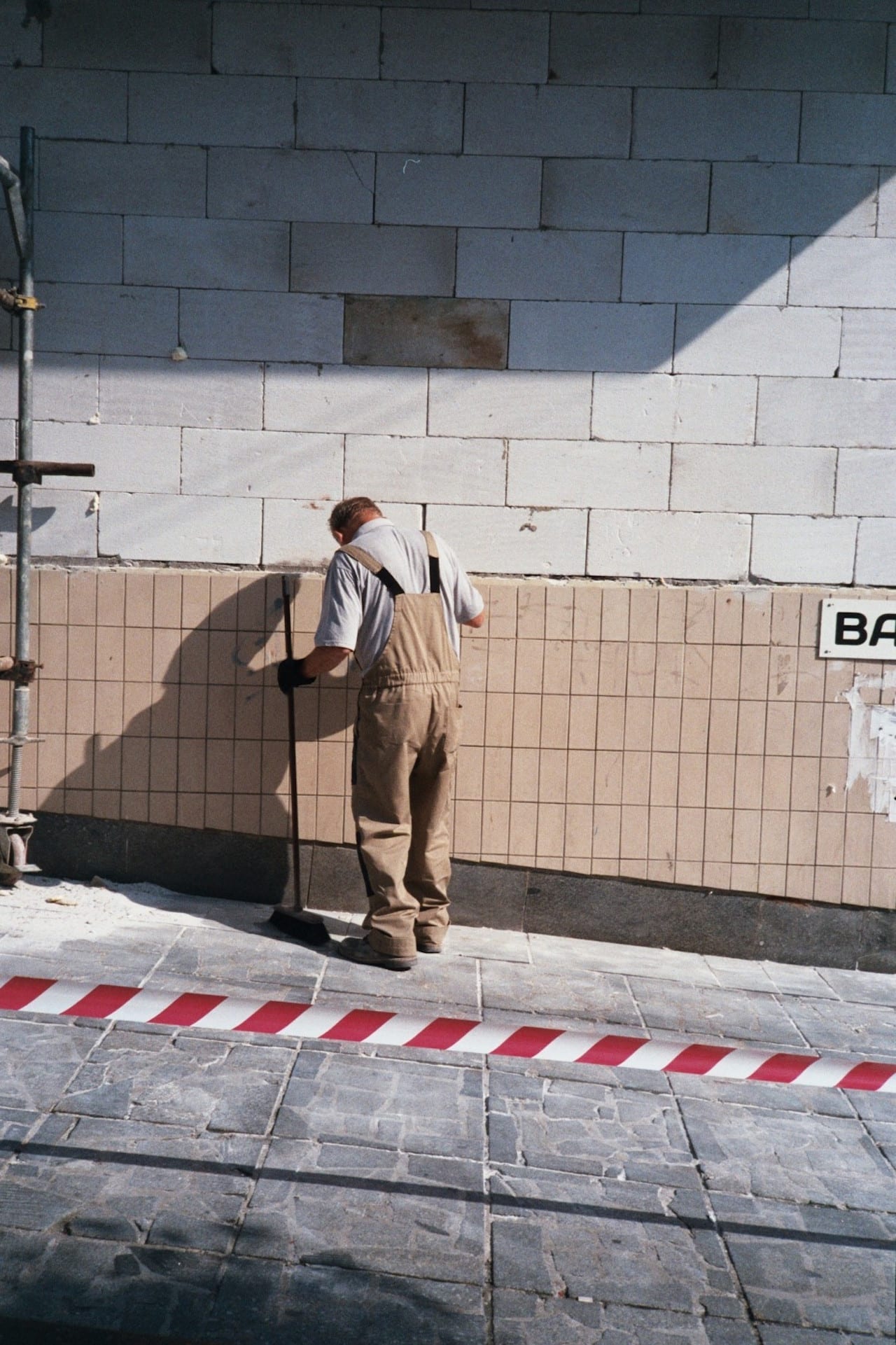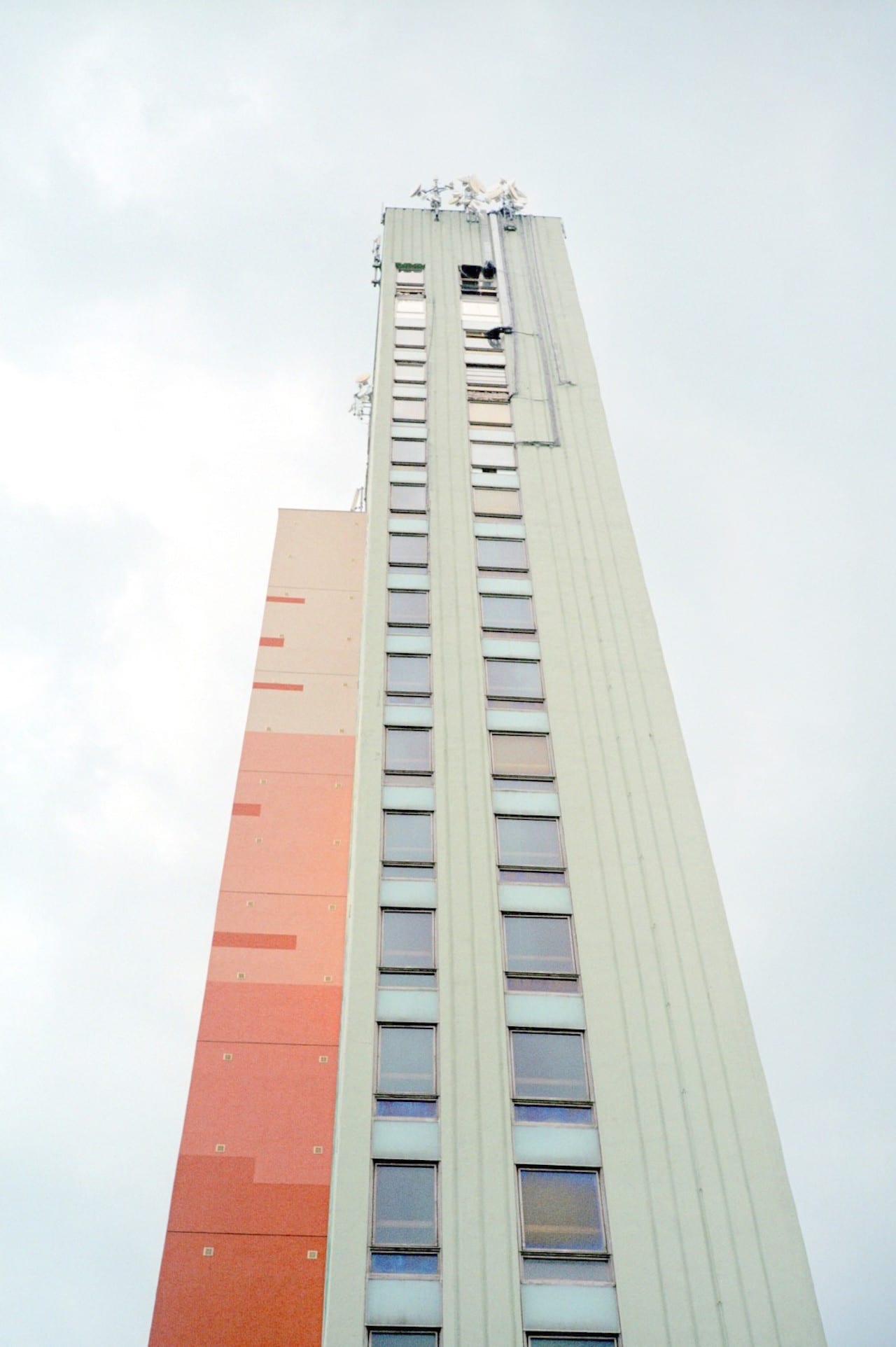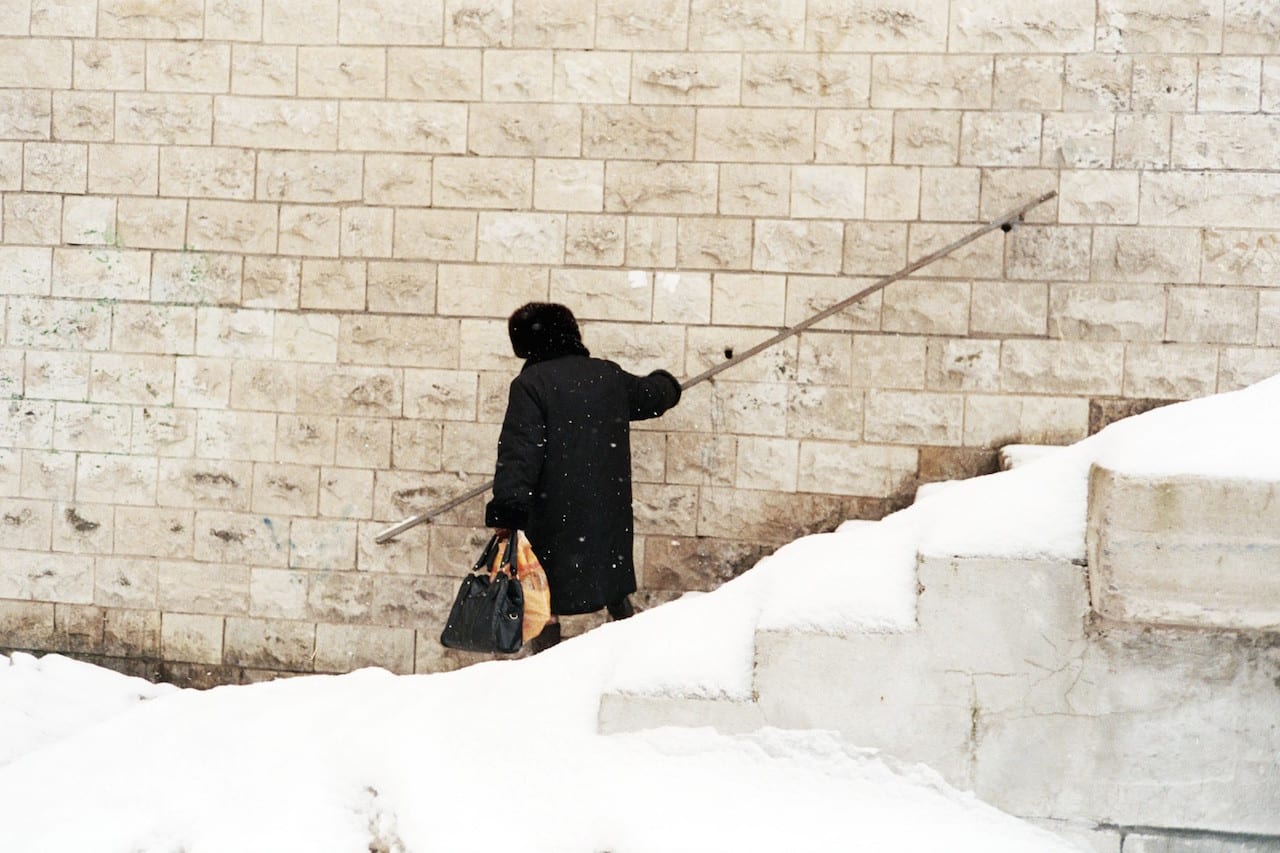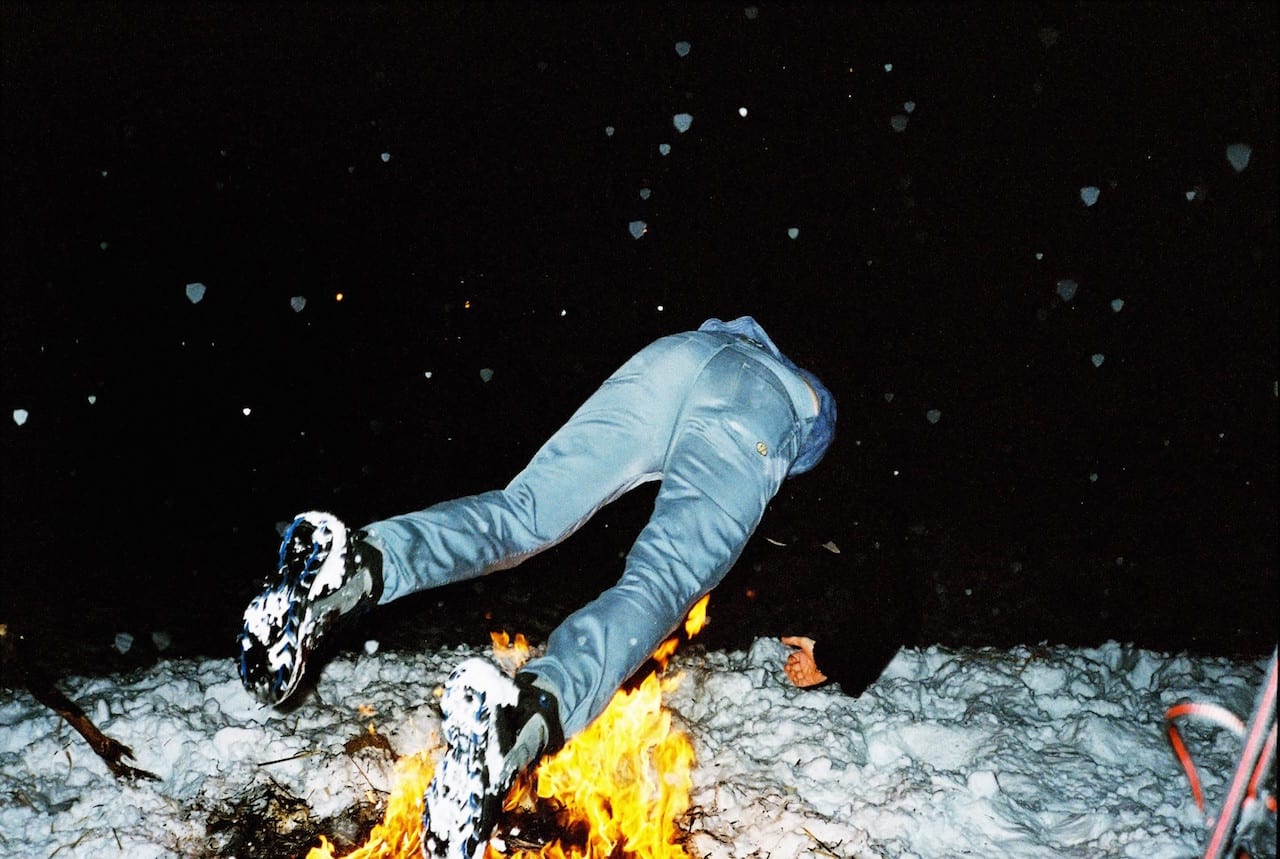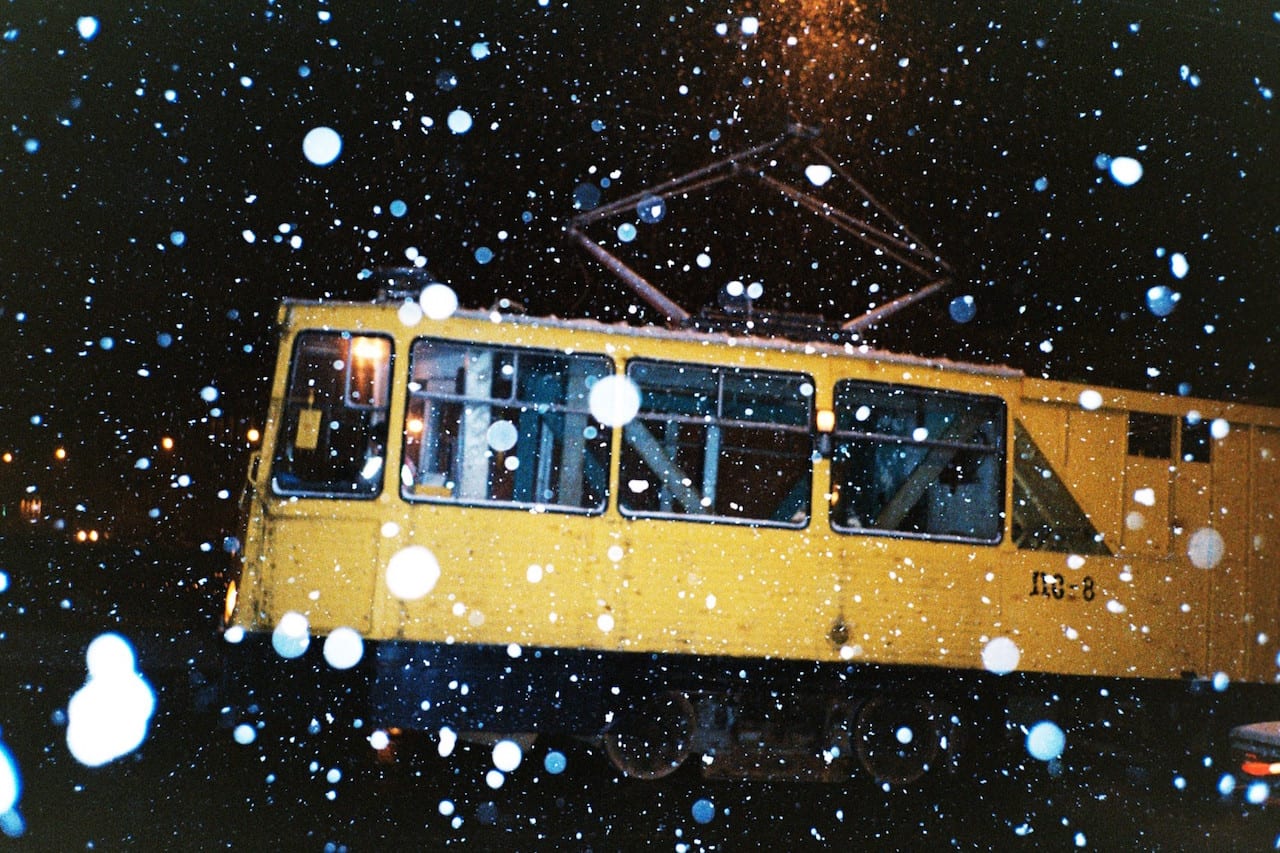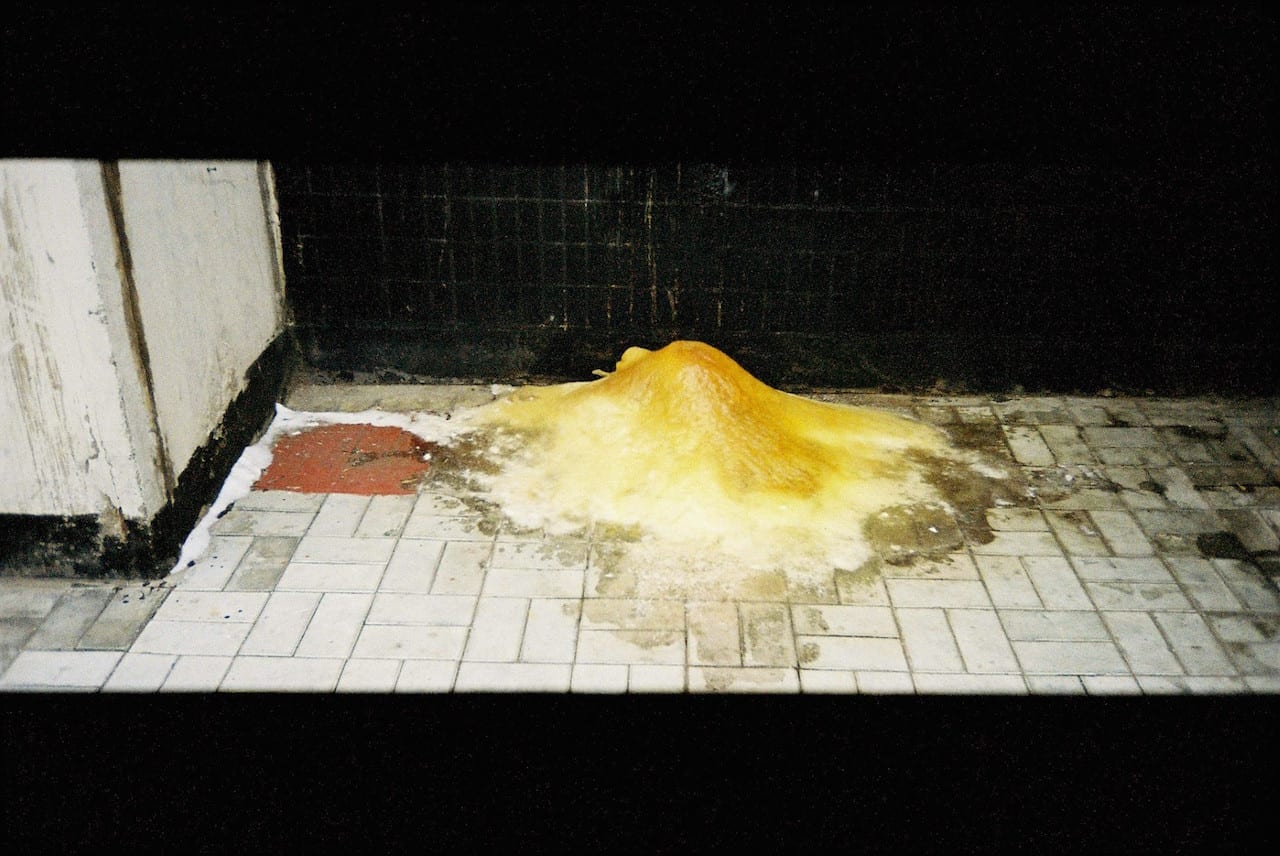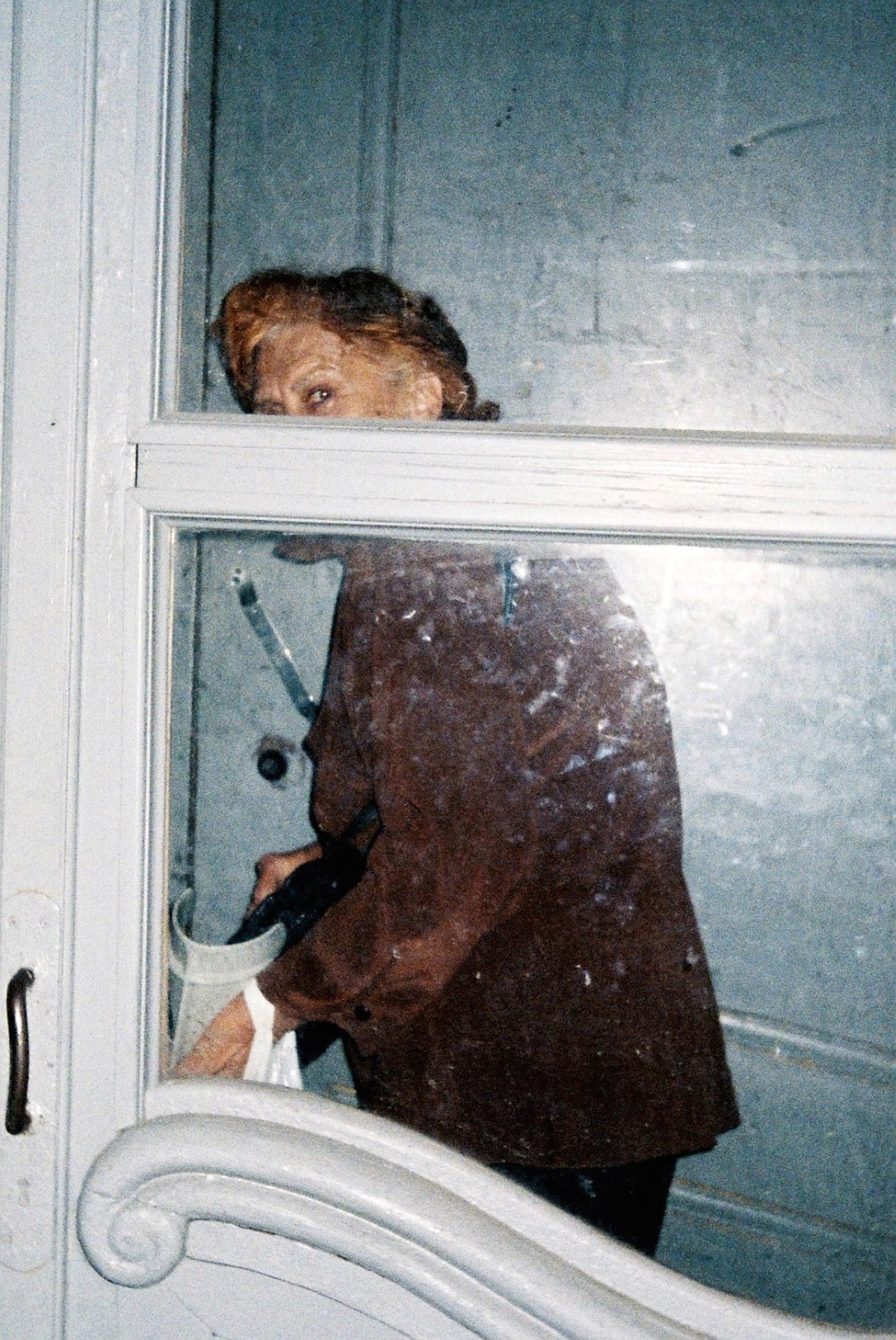Born in 1982, Alexander Bondar grew up on the outskirts of Moscow and studied photography in the Faculty of Press Photographers at the St Petersburg House of Journalists. From 2010-2013 he took part in several workshops organised by FotoDepartament and ROSFOTO in St Petersburg, and in 2013 he started studying Photography and Time-Based Media at Jan Evangelista Purkyne University, Usti and Labem, in the Czech Republic.
Bondar has shot four major photographic series, Unfit (St Petersburg, 2010-13), Pavlov’s Dog (St Petersburg, 2008-2015), No Dream To Dream (Czech Republic, 2013-2017), and Cat’s Eye (Warsaw, 2015-2016), plus another project called So Cliché (2009-2013), which uses deliberately heavy-handed retouching. He recently published Cat’s Eye and So Cliché with Zoopark Publishing Collective, a project which he set up with Tatyana Palyga in 2016. Bondar and Palyga have also published two editions of a magazine called Zoopark together, and have presented their work in Paris at Polycopies in 2016 and 2017. Bondar is represented by the FotoDepartament Gallery.
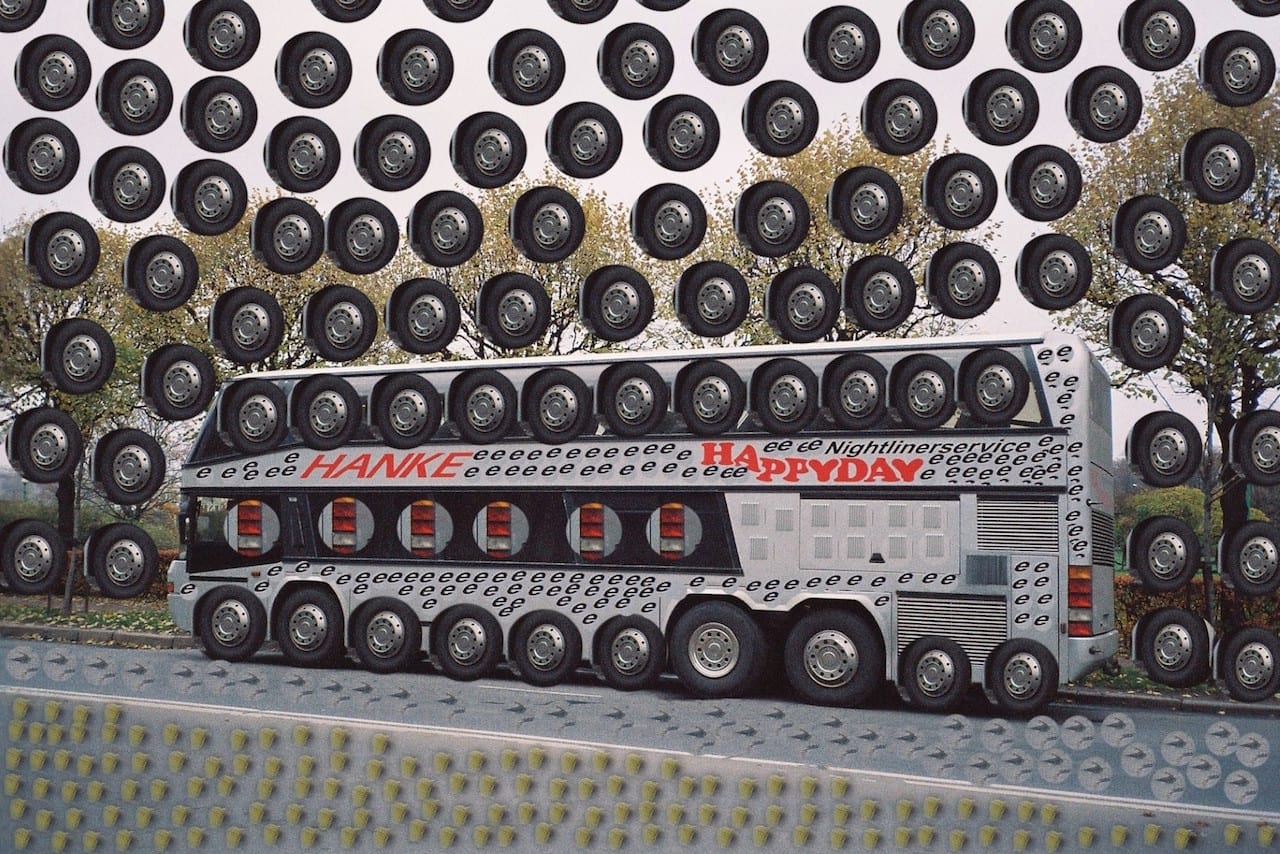
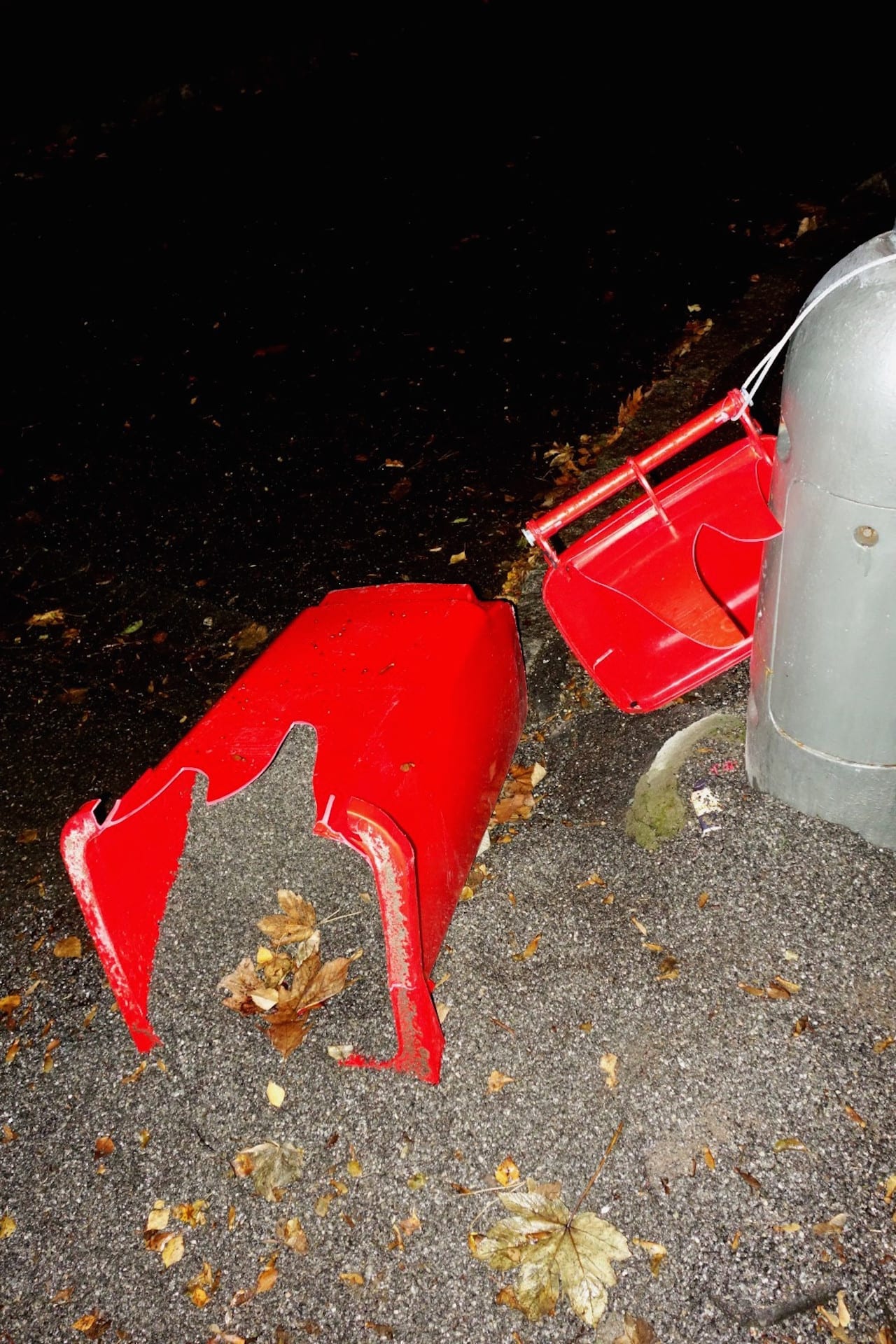
Alexander Bondar: I grew up in the suburbs in a small town called Lytkarino and spent most of my time, when I was old enough, in Moscow. But when I was growing up I wasn’t interested in photography – I wasn’t into art, and was so ignorant that I couldn’t imagine that photography could have anything to do with art anyway. So I didn’t follow any events, but I think that until around 2007, when I was 24 and starting to be interested, there was basically nothing in Moscow. Other than the House of Photography, which didn’t have its own place, and a small gallery in the House of Journalists, there were no institutions.
Around that time I started taking pictures out of sheer technical interest – I found my dad’s old mechanical camera and was curious to make it work. Then I scanned my first film and saw something in the pictures that I could never see in real life – a glimpse of another ‘truth’. I was overwhelmed by the magic of the transformation of reality into image and it still keeps me going.
BJP: Why did you move to St Petersburg, and why did you study press photography?
AB: By 2007 I was ready to leave Moscow and, as I wanted to study photography, St Petersburg seemed to be a more interesting place to do it – nothing drew my attention in Moscow except the Rodchenko Art School, but it was very fresh [it was founded in 2006], whereas in St Petersburg there were at least three institutions, the Faculty for Press Photography, FotoDepartament, and Rosfoto and some life around it such as courses, workshops and so on.
In 2008 started studying at the Faculty for Press Photography, which was basically the only serious place to study photography besides a few university programs in fine art or movies/television. Because of that, the Faculty drew a lot of people with a very wide range of interests and very different backgrounds, and we had a couple of great young teachers – Yaroslav Skachkov and Anna Fedotova – who had an interest in, and knowledge of, contemporary documentary photography. That meant I didn’t have to adapt to school too much, I was just doing my stuff. At the same time it was, and still is, always interesting to do small assignments now and then.
BJP: You’re represented by FotoDepartament – how do you see their place in photography in Russia?
AB: I became friends with FotoDepartament almost as soon as I moved to St Petersburg, and it’s hard to overestimate their contribution to the scene and to my work personally – all the exhibitions, educational programs, international workshops, they don’t stop! I dare say they made St Petersburg the photo-capital of Russia, which maybe it still is. Now with my somewhat nomadic lifestyle I can’t follow everything, but it’s a pleasure to see FotoDepartament getting bigger and bigger.
BJP: You’re now based in Prague, when did you move there and why?
AB: I’m based between Prague and Berlin, I did my masters in Usti nad Labem, Czech Republic and in the last year of the program (2016-2017) I lived in Prague, because it wasn’t necessary for me to be in school all the time, and because Prague is a good base economically, and also very well-connected. It’s easy to travel from Prague. Now I’m doing a post-graduation internship in the Kuchling gallery in Berlin, and trying to look around and explore the city and its scene.
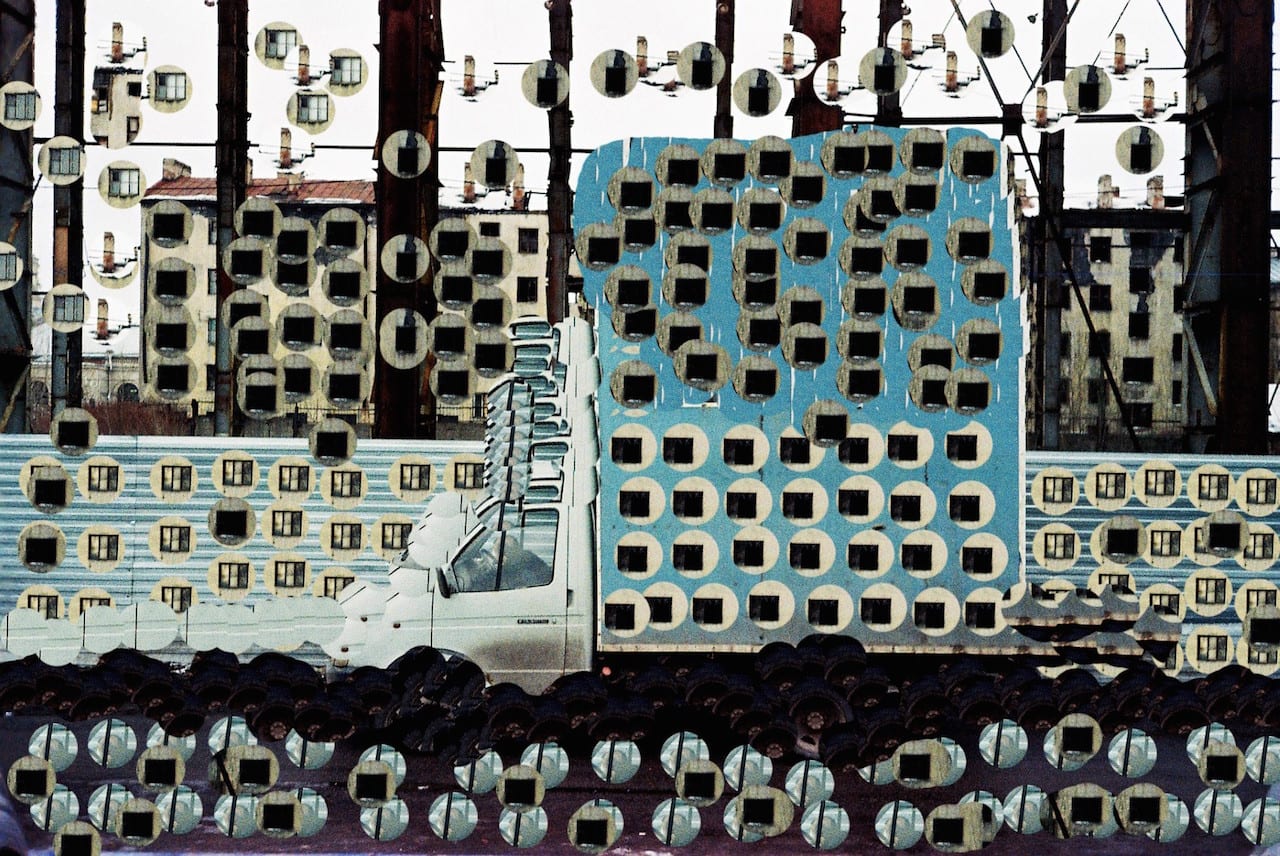
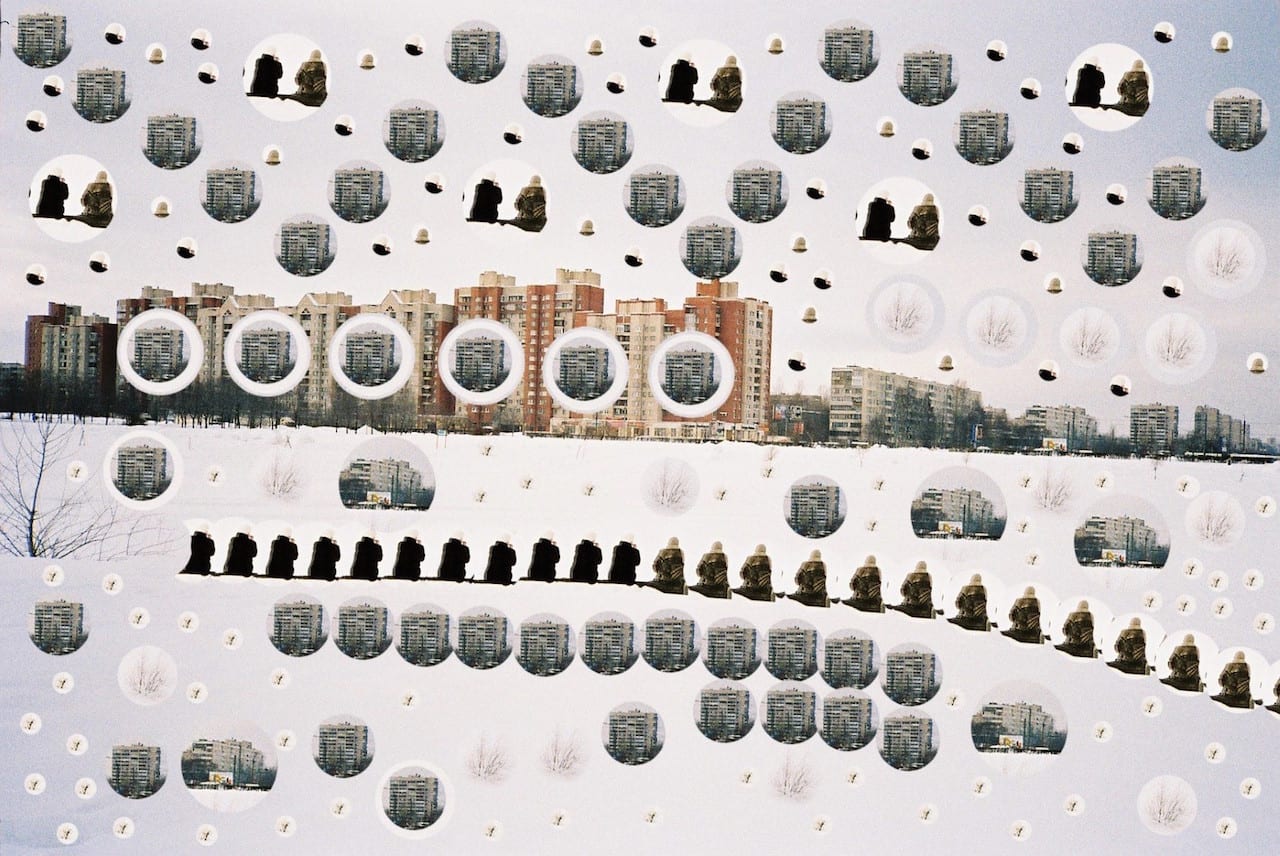
AB: When I’m working with photography I usually don’t have any ideas or concepts in advance – I shoot material in a certain place or for a certain period of time and then I work with the material to see what emerges from it. Most of the time I find a group (or different groups) of images that stick together and hint at some kind of “message”. I then work on the sequence, usually in a form of a book, and try to shape and clarify that message. But it’s not like I can really transpose it into words.
I produced the images in So Cliché gradually between 2009-2013 – while going through my material at various times I found images that were on the edge of what I could call a good picture, but not good enough. I’m constantly curious about the concept of a ‘good picture’, so I played around and tried half-jokingly to analyse and mimic the process of perception of an image, to see how the details build up on one another until they accumulate a critical mass and render that explosive feeling of a ‘good picture’.
You call it crazy and my feeling is that that is exactly what can make a picture ‘good’ for me, subtly reaching out to the border of comprehension without going to the pure insanity. Another aspect of the project is that this ‘magical’ character of the images reflects my impression of the post-Soviet urban landscape and reality in Russia.
I made some images over the years just for fun then recently, because we were getting ready to take part in Zinefest Berlin, we put together a booklet and printed 50 copies. It’s different to my other photographic series but it’s not very far from the rest of my artistic practice, which includes working with printing techniques and video and often using partial multiplying and layering of the images.
BJP: When did you shoot Cat’s Eye, and what does it show?
AB: Cat’s Eye is a series of images I made during my stay in Warsaw, 2015-2016. I was at the Academy of Fine Arts on a year-long student exchange, and again, it worked for me as I have described [he took pictures then found a narrative emerged from them]. At the end of my stay I had this group of images and put them together in a book.
Winter in Warsaw was just horrific, sometimes no glimpse of sun for five weeks in a row, and as a result the project has a lot to do with light, its nature, and its transformations. I think of it as of something between a Christmas tale and a poetic musing on radiation and the reflection of light. In nature cat’s eyes have this special retroflecting ability, and copying its structure has allowed us to build various road-safety and other reflective objects, hence the title. And at the same time I think the series mimics a cat’s perspective of living in the city a little bit.
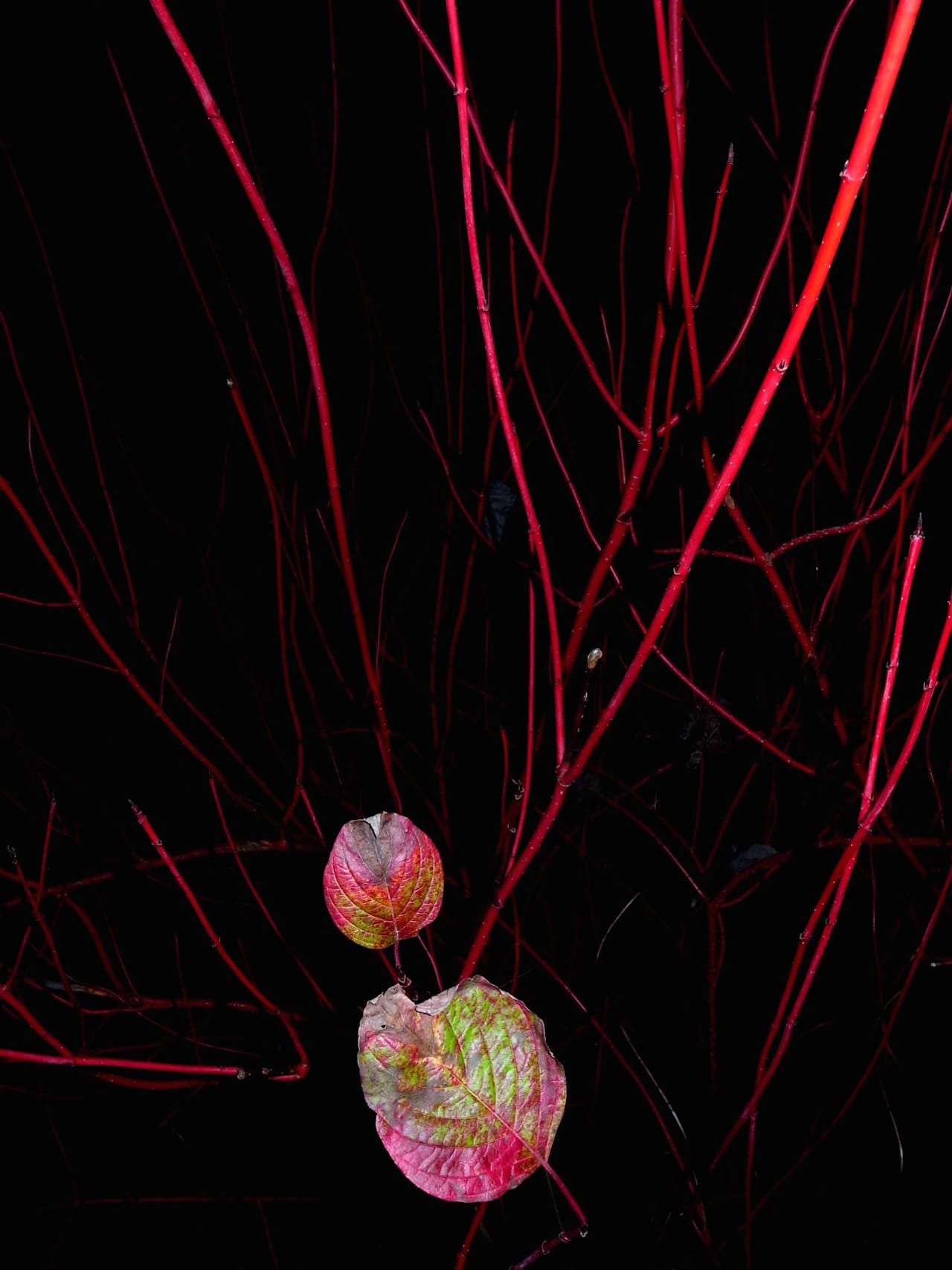
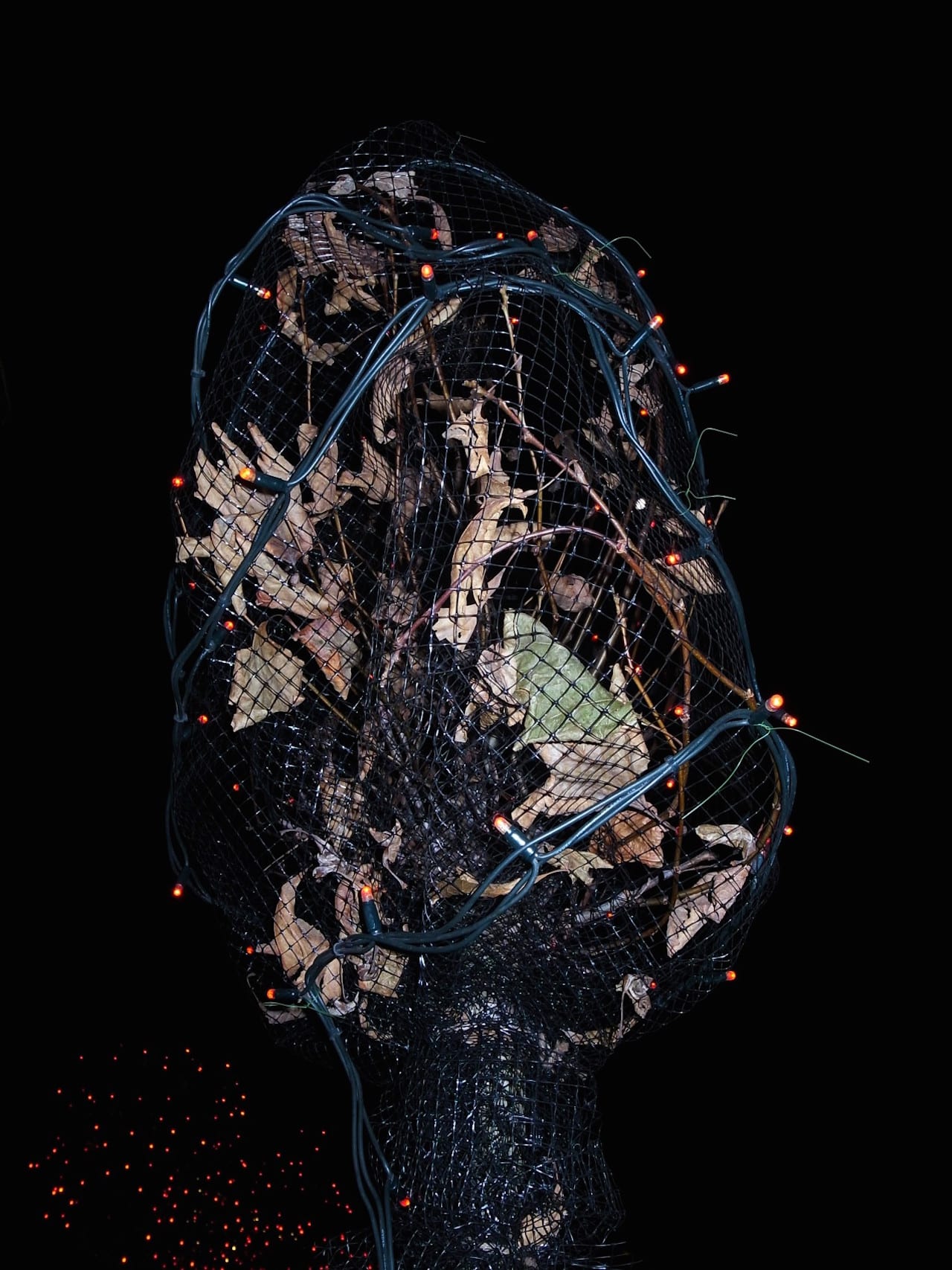
AB: I started Zoopark Publishing in 2016 with Tatyana Palyga to formalise our practice of working together on printed publications, which we started back in 2010. Now we have finally had enough time to put it on a different level, and it has became a noticeable part of our artistic practice. We enjoy making books, working with design and materials, and taking part in book fairs, and Zoopark is a platform for this. It also makes us get more organised, and gives us more tools to spread our works and ideas, to reach out for our audience.
In Russia, as everywhere in the photography world at the moment, self-publishing is a big thing again. My impression is that it’s already passed its peak, but I see a lot of interesting stuff.
BJP: Which photographers have influenced you and how?
AB: It’s really hard to say, they’re too numerous. In the beginning I was obsessed with documentary photography, Magnum Photos style then photographers from Agence Vu’, and I’m still big fan of Lars Tunbjork, Martin Kollar and Martin Parr. Lately I started to like late Robert Frank and Lee Friedlander more and more, maybe it’s age or something.
https://bondaralexander.com https://zooparkpublishing.com https://fotodepartament.ru/gallery https://instagr.am/alvlbondar
